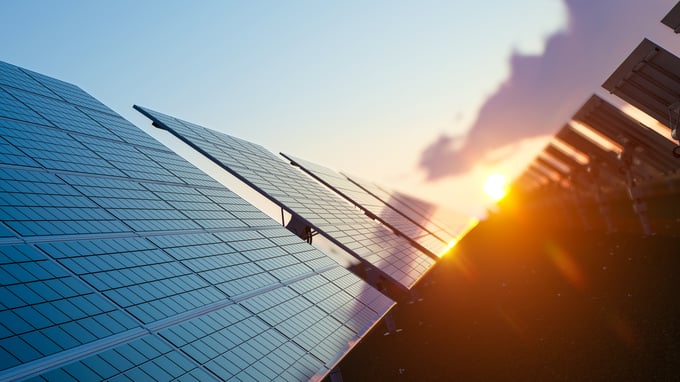In April 2023, energy supplier OVO announced it will stop using renewable energy guarantee of origin (REGO) certificates to label its tariffs as green. Why? Because “100% green” electricity bought under a REGO-backed tariff is no greener than any other grid energy. REGOs are issued to generators as guarantees of the energy’s source (one REGO per MWh of green power) but can then be sold separately from the energy itself. This allows suppliers to buy cheaper dirty (or dirty-ish) energy on the wholesale market and then label it as green through the purchase of a raft of unconnected REGOs.
Unfortunately, many customers don’t realise this, and quite reasonably believe that “100% green” means what it says. The misleading nature of REGO-backed tariffs has been a cause of concern for quite some time, and the UK government has been looking into ways to make the selling of energy to consumers more transparent. In the meantime, organisations on “green” tariffs should be scrutinising the details of their own contracts and asking those suppliers some tough questions – especially if renewal time is approaching.
1. Where does your electricity come from?
If your business sites are connected to the grid and your contract is a conventional business tariff with a licensed supplier, then the energy reaching you from the grid will obviously be the same mix everyone else is receiving. But this doesn’t mean all tariffs are equal. The crucial element that determines how well your business is decarbonising is how your supplier invests your money.
The greenest option here is for the supplier to either run its own renewable generation assets and/or have direct agreements with renewable energy generators. Suppliers who do neither of these things are likely to be “greening” the purchase of fossil fuel power (or a mix of generation sources) through the retrospective purchase of REGOs. This is effectively a green accounting fiction that does not help your company’s money to support the growth of new renewables.
2. Can you say how much of our energy is coming from clean sources?
As a customer, you can’t demand that your supplier actually does immediately switch to 100% renewables. The reality is that 24/7 clean energy isn’t actually possible yet. But you can ask for the data behind whatever label they have given your tariff. It is possible to take half-hourly snapshots of exactly what mix of energy sources is in the grid at any one time, and it is also possible to track your consumption to work out how well it aligns with renewable output. This is why ENTRNCE created the Matcher: to finally give businesses an accurate picture of how green their consumption really is. Your supplier should be able to share such a picture with you too.
3. What is your view of the OVO decision and the current marketing of tariffs?
OVO has made a bold move in the direction of greater transparency. Others could follow suit in the future. Before you commit to renewing with a supplier, you should find out whether they see this move as a model for their own future, or what else they are considering to contribute towards the growth of renewables in the UK.
4. The government is reviewing the marketing of green energy tariffs. How will this affect our contract with you?
The government’s consultations and calls for evidence on the UK energy market were somewhat overtaken by other priorities in 2022. But it seems that the government is about to restart its review into the way suppliers market energy to customers. This could mean a complete overhaul of the system and an end to the labelling of REGO-backed offerings as “100% green”. Your supplier should have a plan for how it will keep its customer offering compliant with new, stricter regulations.
5. Can we report zero Scope 2 emissions and is this likely to change?
We know that REGO-based green tariffs are causing many businesses to seriously overestimate emissions reductions. Many are incorrectly reporting their Scope 2 emissions (those from purchased energy) as zero because they are on a tariff misleadingly labelled “emissions-free” or “100% renewable”. This could cause compliance headaches in future, especially since the Greenhouse Gas Protocol has been reviewing its guidance on Scope 2 reporting. There are other potential sources of reputational risk, such as failing to meet the criteria for a science-based target or wrongly reporting progress on net zero goals. Your supplier should support your business in its decarbonisation efforts by offering clarity on exactly what kind of energy you are consuming and how this relates to your reporting.
Now that one supplier has raised the bar on fighting greenwash, it is likely that others will follow suit. More again will act in response to the wave of regulatory change expected later this year.
If you’re a high-volume energy user with reporting responsibilities, we can help you ask the tough questions now to ensure your clean energy strategy is transparent and futureproof. We can also help you understand where your energy is really coming from, every half an hour, and model a pathway to carbon-free energy. To find out more, get in touch or book a demo of the Matcher.



